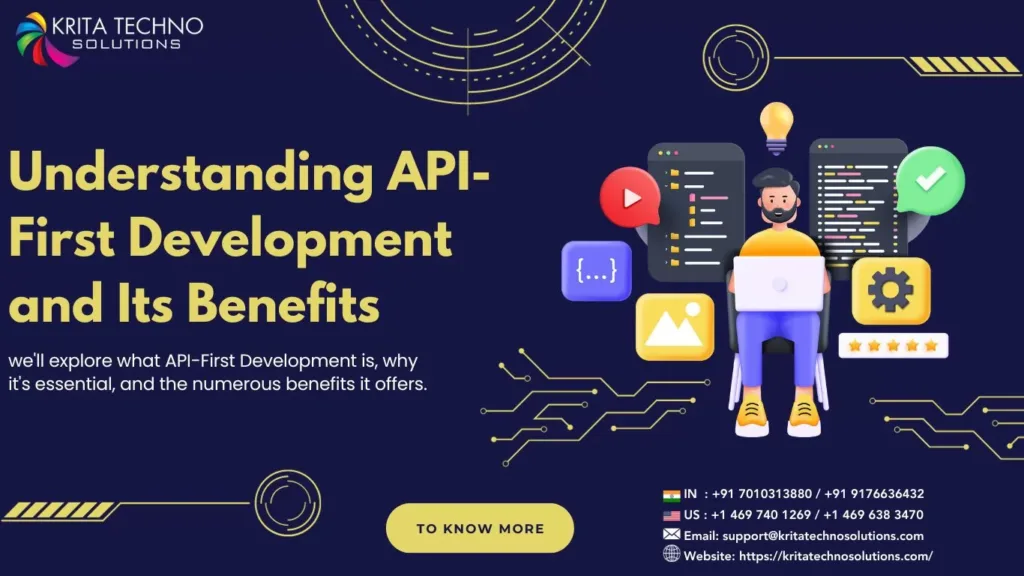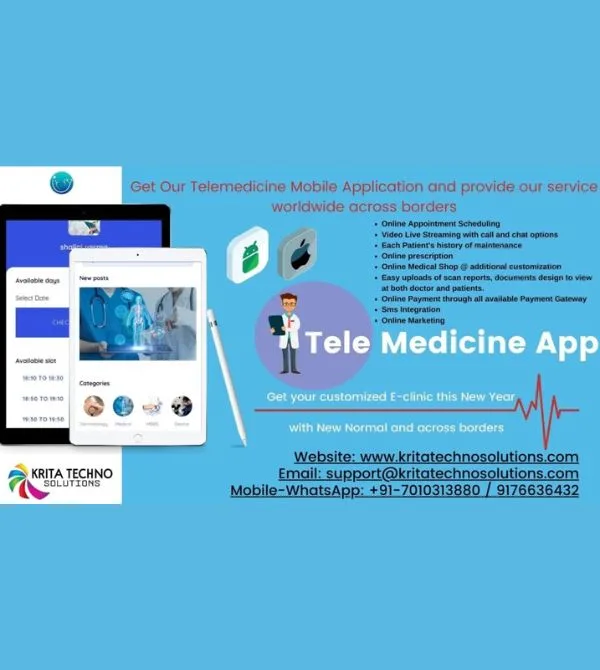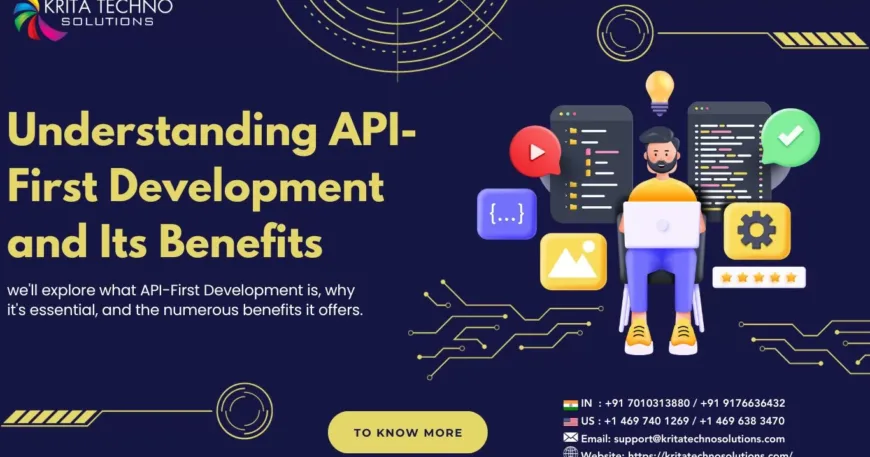
In today’s rapidly evolving digital landscape, businesses are constantly seeking ways to streamline their development processes, increase efficiency, and stay ahead of the competition. One approach gaining traction is API-First Development, a methodology that prioritizes the creation and design of Application Programming Interfaces (APIs) before building any other components of an application. In this blog post, we’ll explore what API-First Development is, why it’s essential, and the numerous benefits it offers.
With 9+ years of experience in the industry and a wealth of knowledge about the latest Web technologies, media trends and best practices, we are well-equipped to help you achieve your marketing goals.
What is API-First Development?
API-First Development is an approach to software development that places APIs at the forefront of the development process. Instead of designing APIs as an afterthought or once the core application is built, developers focus on designing, documenting, and testing APIs before proceeding with other development tasks. This strategy ensures that the API serves as the foundation for the entire application, influencing its structure and functionality.
Key Benefits of API-First Development:
1. Improved Collaboration:
API-First Development fosters collaboration among cross-functional teams, including developers, designers, and product managers. By defining the API’s functionality and interface upfront, everyone involved gains a clear understanding of how the application will work. This reduces misunderstandings and ensures that everyone is on the same page.
2. Enhanced Flexibility:
When APIs are designed first, they serve as the contract that different parts of the application must adhere to. This modular approach enhances flexibility by allowing different teams to work on various components independently. As long as they follow the API specifications, components can be developed, updated, or replaced without affecting the entire system.
3. Reduced Development Time:
API-First Development accelerates the development process by providing a well-defined roadmap. Developers can start building the frontend and backend simultaneously, as long as they follow the API’s agreed-upon structure and endpoints. This parallel development reduces the time-to-market for your application.
4. Enhanced Testing and Debugging:
APIs that are designed and documented early in the development process enable comprehensive testing. Developers can create mock APIs to simulate interactions between components, helping identify and resolve issues early in the development cycle. This proactive approach leads to higher-quality software with fewer bugs.
5. Scalability and Reusability:
Well-designed APIs are inherently scalable and reusable. As your application grows, you can expand the functionality of your API to accommodate new features or serve multiple applications. This scalability ensures that your software can adapt to changing requirements without undergoing a major overhaul.
6. Improved Security:
Security is a critical aspect of any application. API-First Development allows security measures to be integrated from the beginning. By implementing authentication, authorization, and data encryption at the API level, you can ensure that your entire application is protected against threats.
7. Better User Experience:
A well-designed API can lead to a smoother and more consistent user experience. When different parts of your application communicate seamlessly through a well-documented API, users are less likely to encounter errors or inconsistencies.
Implementing API-First Development:
To implement API-First Development effectively, consider the following steps:
1. Requirements Gathering: Clearly define the requirements and functionalities your API must support.
2. Design the API: Create a detailed API design, including endpoints, data models, and request/response structures.
3. Documentation: Document the API comprehensively, including usage examples and guidelines for developers.
4. Mocking: Develop mock APIs to facilitate frontend development while the actual backend is under construction.
5. Testing: Rigorously test the API to identify and address issues early in the development process.
6. Development: Begin building the frontend and backend components, adhering to the API specifications.
7. Iterate: Continuously iterate on the API and application based on feedback and changing requirements.
Conclusion:
API-First Development is a forward-thinking approach that offers numerous benefits, including improved collaboration, flexibility, reduced development time, enhanced testing, scalability, and better security. By prioritizing the design and development of APIs, businesses can create more robust, adaptable, and user-friendly applications, ultimately gaining a competitive edge in the digital marketplace. Embracing API-First Development is a strategic move that can lead to long-term success in today’s fast-paced software development landscape.ns.
For Contact:
📞 IN : +91 7010313880 / +91 9176636432
📞 US : +1 469 740 1269 / +1 214 705 2058
✉️ Email: support@kritatechnosolutions.com
🌐 Website: https://kritatechnosolutions.com/






